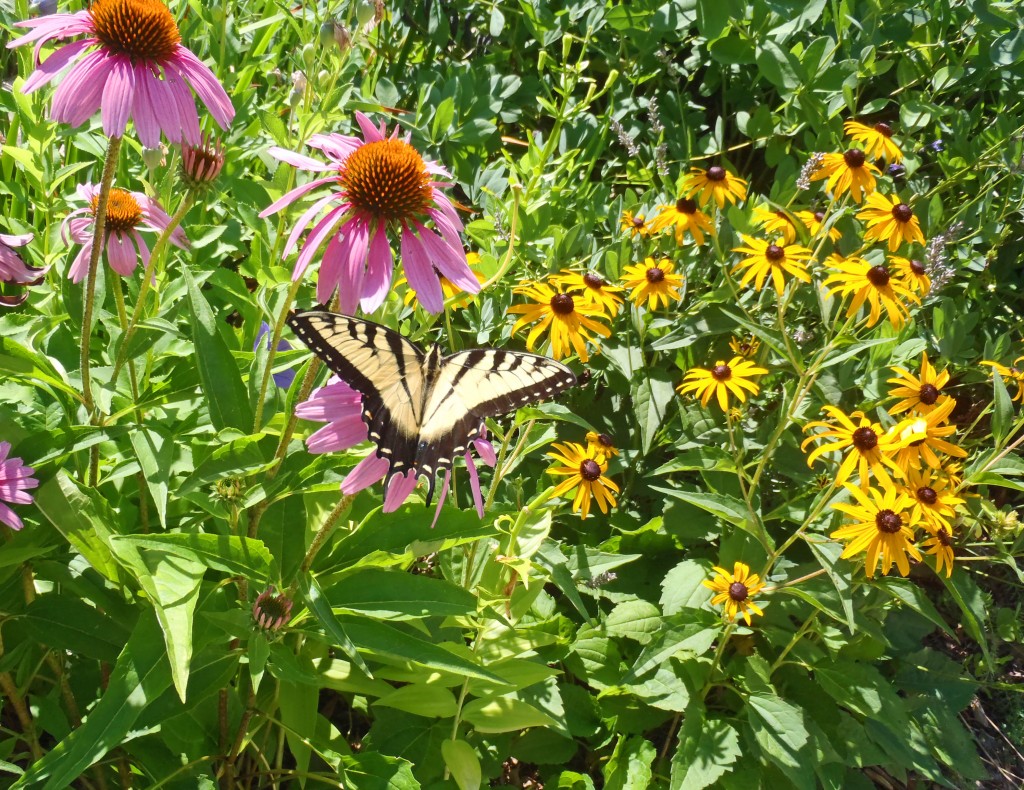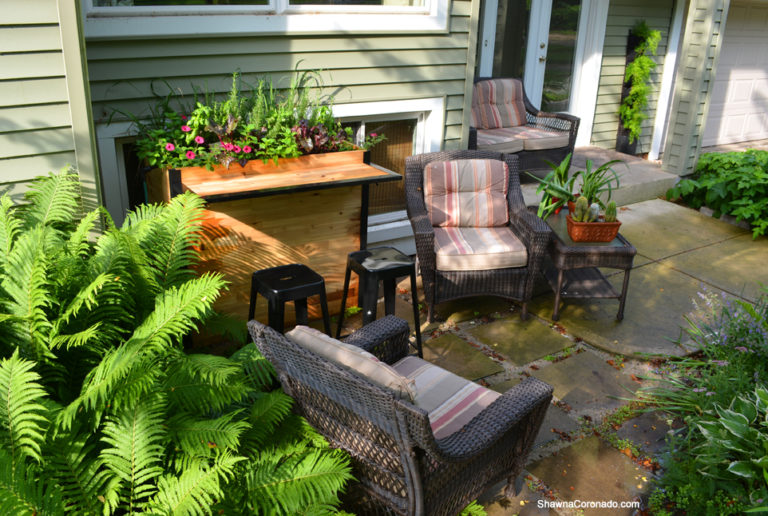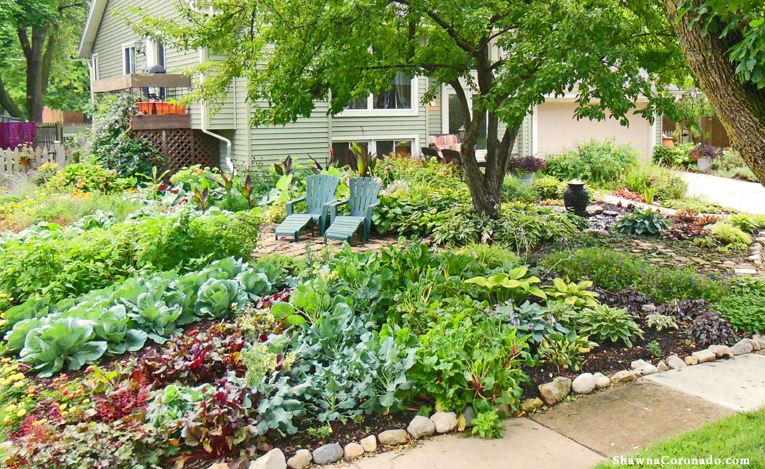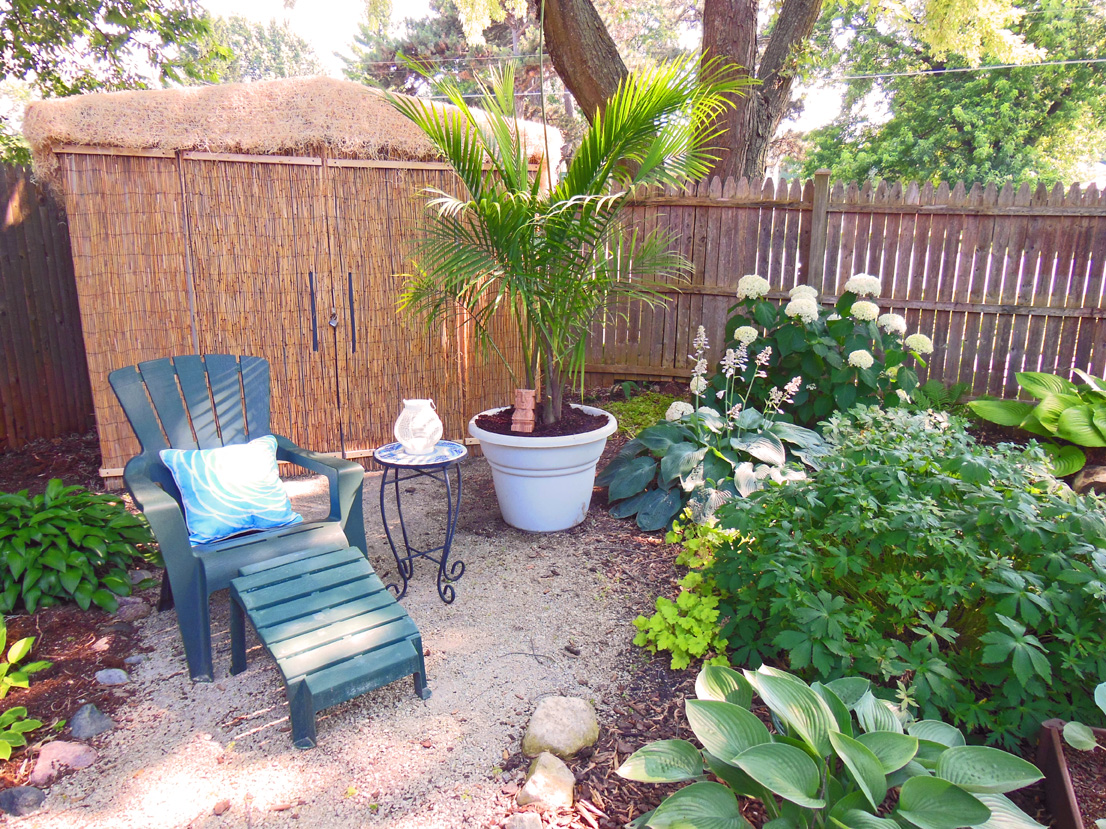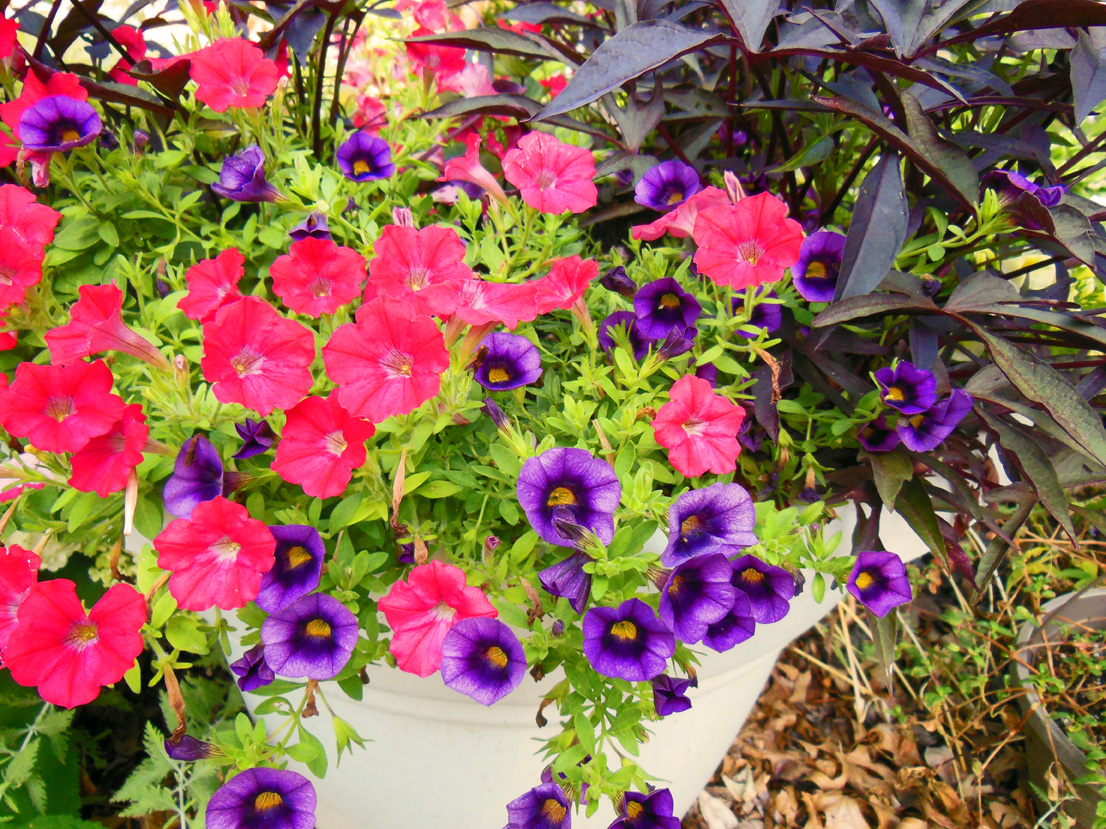Xeriscape Gardening – A Drought Tolerant Water Saving Advantage
This week my friend Jessica Edmondson asked if she could guest post on gardening. Yay! Below is her post which talks more about Xeriscaping and how you can accomplish it in your garden. I have been focused on drought tolerant soil amendments and drought tolerant gardening for years and think Jessica’s article is relevant. As an addition to Jessica’s story, here’s a link to my favorite Top 10 perennial and native plants that are drought tolerant – LINK.
~ ~ ~ ~ ~ ~ ~
Xeriscaping Can Go A Long Way to Reducing Your Reliance on Natural Resources
Xeriscaping is defined as the art of landscaping using slow-growing, drought tolerant plants in an effort to conserve water and reduce yard trimmings. This form of landscaping is so incredibly important, especially in drought areas like California and Florida, because it reduces the need to rely on natural resources that are often scarce, and it reduces the amount of waste it produces. The result is immediate cost savings through lower water bills, and who doesn’t like that?
Another reason Xeriscaping is so beneficial is that it generally requires less fertilizer and fewer pest control measures than traditional landscapes. As you know, pesticides and fertilizers can inadvertently harm beneficial organisms, as well as impact air and water quality, so any practice that reduces their use is a good idea.
Xeriscaping 101
At this point you may be thinking in order to try Xeriscaping on your own property, you need to only use plants like succulents and cacti, but that’s really not the case. The beauty of this style of landscaping is that it can be done anywhere incorporating indigenous drought tolerant plants from that area or areas that mimic that particular climate and soil type.
To begin, you’ll want to take a good look at your land and create a plan around it. Take into consideration things such as drainage patterns, slopes, direction of breezes, types of insects, sun, shade and water zones. Essentially you want to carefully look at your property and take advantage of its strengths and carefully manage its weaknesses.
Next you’ll want to get the soil ready by making sure it can drain properly and that it has the necessary nutrients. Composting is an essential part of getting your soil ready to receive your plants.
Speaking of plants, when selecting yours, choose drought resistant varieties and ones able to hold onto water longer. Ask someone at your local nursery for help on plant varieties. As with traditional landscaping, plants that have similar needs should be grouped together.
Once your plants are in the ground, don’t forget to mulch! Mulching is vital in protecting your new plantings as it helps retain moisture, temperature and slows down the process of erosion.
Now comes the most essential part, the reason Xeriscaping was invented. It’s time to think about watering. You’ve now carefully done your research and have plants that don’t require much water, but all plants require some, so what are your options?
There are some who suggest drip irrigation systems and sprinklers which bring water directly to the base of the plant, and while those are definitely an option, they aren’t the “greenest” one. A more environmentally-friendly and cheaper option (it’s free!) is to collect and store your rain water in rain barrels. Why pay a higher water and electric bill when you could be utilizing a free and natural source of irrigation?
And finally, you need to think about any maintenance your new landscape will require because once you go green – it will require attention to stay green. Like watering, your garden won’t require much maintenance but there will be some involved in order for your plantings to thrive. Weed when necessary, fertilize and re-mulch to ensure your plants continue to flourish.
Xeriscaping is a wonderful and resourceful way to beautify your property without having to rely on scarce natural resources or harming the local ecosystem with toxic fertilizers or pesticides. A successful Xeriscape is a huge step toward increasing your individual sustainability, but it isn’t something that can be thrown together over a weekend, though. It’s important that you do your research and plan out the best xeriscape for your climate and soil type. If you spend the time to do it right the first time, your new landscape can bring you enjoyment and satisfaction – and lower water bills – for many years to come.
This guest post was provided by Jessica Edmondson who writes about Corporate Sustainability Training for the University Alliance, a division of Bisk Education, Inc.
